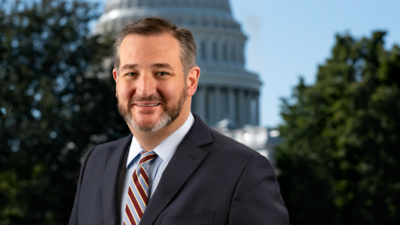A 1931 Chicago Tribune report called the Chicago Teachers' Pension Fund bankrupt. It is more so today. | Chicago Tribune
A 1931 Chicago Tribune report called the Chicago Teachers' Pension Fund bankrupt. It is more so today. | Chicago Tribune
That's an actuary describing the Chicago Teacher's Pension Fund 86 years ago, when it was one-sixteenth as broke as it is today.
Chicago City Wire has reported on the fund's current insolvent state-- it is underfunded by more than $10 billion, using active employee contributions to pay retirees-- and what that means to Chicago taxpayers.
On June 17, 1931, it was the Chicago Tribune reporting with candor, noting the fund had a deficit of $37,851,709, or the equivalent of $609 million in 2017.
"The benefit funds are holding out false promises to thousands of teachers, promises that can never be fulfilled" said actuary Donald F. Campbell, hired by then Republican Governor Louis Emmerson to investigate the fund. "(This) should be a matter of grave concern to the (Chicago school) board, the teachers and the taxpayers of Chicago.
Explaining Campbell's testimony, the Tribune wrote that "the trouble lies in the fact that the (Chicago Teacher's) pension system was not started on a sound basis."
Campbell blamed the fund's insolvency on skyrocketing benefits and fact that that teachers weren't contributing nearly enough-- between $10 and $50 per year ($160-$800 in 2017 dollars)-- to sustain them.
The average retired teacher in 1931 received $2,300-$2,500 per year, or $37,000-$41,000 today.
The City of Chicago was home to 3.38 million people then, 20 percent larger than it is today.
"Financially unsound and practically bankrupt"
This wasn't the first warning that the Chicago Teachers' pension was operating recklessly.
Illinois Pension Laws Commission sent Illinois Governor Edward Dunne an actuarial analysis fifteen years earlier, in 1916.
It said the teachers' fund then was $5 million in debt ($112 million in 2017 dollars), adding that the City of Chicago's police ($30 million debt/$673 million in 2017 dollars) and firefighters' ($13 million/$292 million) pensions were in even worse shape.
"Every pension fund upon which Chicago's public servants are dependent in old age, sickness, disability, or death from injury is financially unsound and practically bankrupt," explained a Tribune report.
The report to Dunne, a former Chicago mayor came a year after Chicago Teachers' Union leaders publicly expressed concerns that the math behind their pension fund didn't seem to add up.
A union leader noted that the maximum cash contribution a teacher could make over 25 years of work was $450 ($10,900 in 2017), but that several teachers had already received 3-5 times that in retirement benefits.
The Chicago Public School teachers pension fund was only first created in 1895. State law was amended in 1907 to significantly increase Chicago teacher pension payouts.
Chicago's teacher pension fund was the state's first of its kind.
In 1911, the state legislature established a teachers pension fund serving Illinois cities of 25,000 or greater "on the same basis as Chicago." That became the Teachers' Retirement System (TRS), which currently supports 115,273 retired teachers from suburban and downstate school districts.
According to the Illinois Department of Insurance, TRS was underfunded $71.4 billion as of June 30, 2016.





 Alerts Sign-up
Alerts Sign-up